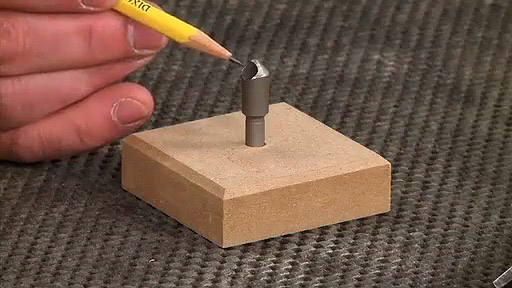A stacked dado set is the standard tool for cutting grooves, rabbets, and dadoes on the table saw in my shop. Unfortunately, the results can be a bit disappointing at times. The keys to getting better results with your dado blade involves understanding how it works as well as knowing the best ways to set up, lay out, and cut your dadoes.

Sizing a dado exactly can take a bit of time. To solve this problem, I made the gauge pictured below. It has several dadoes to slip workpieces in, and the “recipe” of blades and chippers it took to make those dadoes. Now, it takes just a few seconds to put all the right parts together to accurately size the dado.

With the sizing and setup complete, the next step is cutting the dado in the right place. One of the challenges is leaning over the table saw to accurately align the layout lines with the dado blade. For better results, I like to cut a notch in an auxiliary miter fence and then draw layout lines on the fence to show the edges of the cut . To prevent tearout, the notch in the auxiliary fence is the same depth as the dado. Next, I mark the edges of the dado on the workpiece. Then, line everything up and make the cut.

For most dadoes, this process works great. But for centered and matching dadoes, I use different techniques. Centering a dado is a simple two-pass process. Once you’ve made the second pass, the dado is automatically centered on the workpiece. However, it may not be the correct width. To get the right width while keeping the dado centered, you can sneak up on it by readjusting the rip fence and repeating the procedure.

For matching dadoes in small projects, I like to start off with an extra-wide workpiece. After ripping the workpiece to final width, the dadoes will match perfectly











